Infectious disease, and our response to it, has shaped American history. The museum’s collections document the technologies and techniques employed to prevent, diagnose, and treat infectious disease over the past 200+ years. They shed light on the impact of infectious disease on individuals and communities, the work of medical professionals and scientists, and the role of government in public health.
To learn more, explore our collections, exhibitions, archives, and blogs below.
Find resources and collections by Disease Topic
 Smallpox
Smallpox
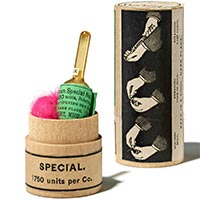 Diphtheria
Diphtheria
Explore how scientists used horses to develop an effective treatment for this disease once known as the “scourge of childhood."
 Polio
Polio
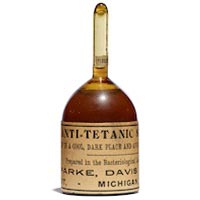 Tetanus
Tetanus
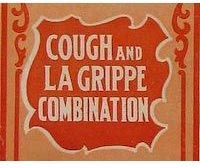 Influenza
Influenza
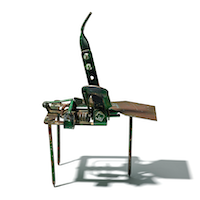 Rabies
Rabies
 Measles, Mumps, and Rubella
Measles, Mumps, and Rubella
 Tuberculosis
Tuberculosis
 Whooping Cough (Pertussis)
Whooping Cough (Pertussis)
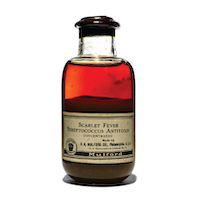 Plague, scarlet fever, pneumonia, meningitis, and others
Plague, scarlet fever, pneumonia, meningitis, and others
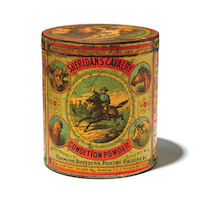 Infectious Disease and Animals
Infectious Disease and Animals
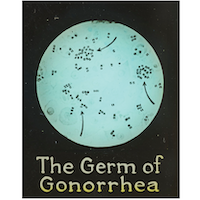 Diagnosing Disease
Diagnosing Disease
 New York City Public Health Collections
New York City Public Health Collections
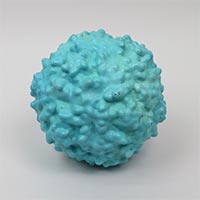 Immune System Animations and Explanations
Immune System Animations and Explanations
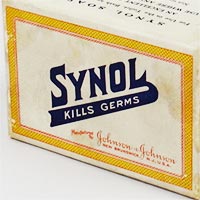 Hygiene and Disease Control
Hygiene and Disease Control
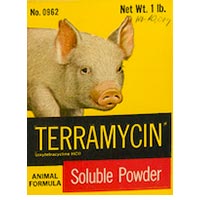 Bacteria, Beer, and Health
Bacteria, Beer, and Health
Discover the connections between the "diseases" of beer and the development of antibiotics.









